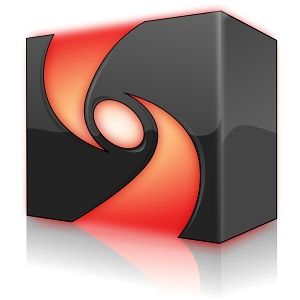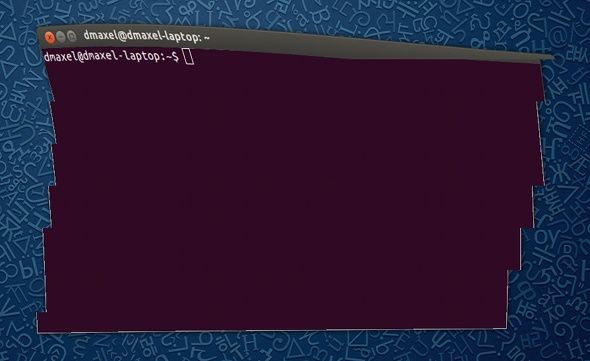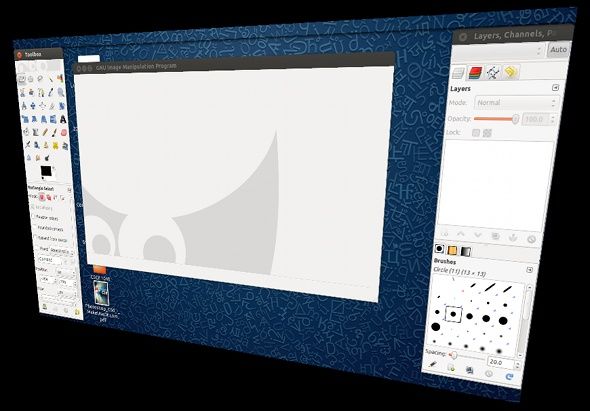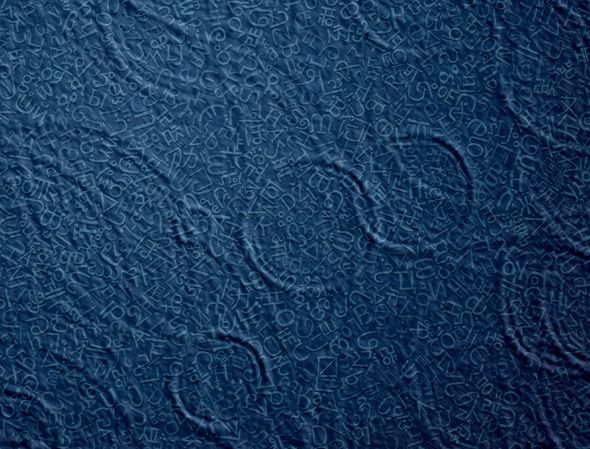For some people, their choice of desktop and operating system comes down to how they look, and desktop effects make or break this category. While some geeks might shake their heads at this idea, some people just want to use something that looks really pretty.
On the other hand, there are some geeks who want to trick out their systems with the same effects to make a truly interesting user experience. There's a handful of programs for Linux which can manage and execute these desktop effects. One of the most popular choices is called Compiz Fusion.
What is Compiz Fusion?
Officially, Compiz Fusion is actually a window manager, in that it controls each program's window instances. While the window's content is controlled by the program that is running the window, Compiz Fusion is maintaining it and keeping it alive on your desktop. Besides doing that, it has plenty of plugins which give it its unique desktop effects. As it controls the windows, it can do whatever it wants -- or at least whatever you configured. It's extremely flexible however, as Ubuntu's Unity desktop shell is run entirely using Compiz Fusion.
Configuring Compiz Fusion
The best tool to control Compiz Fusion is called CompizConfig Settings Manager, or sometimes ccsmfor short. Using this utility, you can control all the desktop effects available on Compiz Fusion, whether they're enabled or not, how long they last, and other highly specific settings. It's great to mess around with these settings on any plugins that you're interested in to get the desktop experience that you want.
Plugins
There are plenty of interesting plugins available for Compiz Fusion, but there are some that are more popular than others. For example, one of the most commonly enabled effects is called "Wobbly Windows", where the window wobbles around as if it's made of jelly whenever you move it around. It's very fun to watch, and has become somewhat of a trademark when it comes to Linux desktop effects. The effect looks a little funny in the screenshot because it's frozen in time, but it looks a lot better in motion. At least you get the idea.
Another highly popular effect is the desktop cube. Most desktop environments enable multiple virtual desktops that you can switch between. While they're quite useful, sometimes switching between them is either difficult or simply boring. With the Desktop Cube effect enabled, you can hit a keyboard shortcut (by default Ctrl + Alt) and when you click and move your mouse, you'll see a very cool cube with all your virtual desktops on it. While still holding down the keyboard shortcut and mouse button, you can use the mouse to move around and inspect the cube. Whenever you want to switch to a certain virtual desktop, move the mouse so that the desired virtual desktop is facing you, then let go of the keyboard shortcut and mouse.
There are plenty of other plugins to make your desktop experience truly unique -- there are plugins specifically to increase the accessibility of the desktop, effects concerning the desktop itself such as the ability to draw fire or start rain, window management effects like edge snapping or animations for actions such as opening, closing, minimizing, and maximizing windows, and much more. And as mentioned before, you can also control Unity's settings using CompizConfig Settings Manager.
Installation
In case you don't have Compiz Fusion and CompizConfig Settings Manager installed, you can do so by searching for those terms in the Ubuntu Software Center, or by running the command
sudo apt-get install compiz compiz-fusion-plugins-main compiz-fusion-plugins-extra compizconfig-settings-manager
. To then activate Compiz Fusion, run the command
gtk-window-decorator --replace
for Gnome desktops or
kde-window-decorator --replace
for KDE desktops.
Conclusion
Overall, I'm extremely happy that Compiz Fusion exists. Of course, there are a couple of other programs available for desktop effects, such as KWin (the default program for the KDE desktop), but Compiz Fusion has always been my favorite so far. Unless you're completely happy with your current setup, I would definitely suggest that you give Compiz Fusion a try!
What's your favorite program for desktop effects? What's your favorite effect to use? Let us know in the comments!




